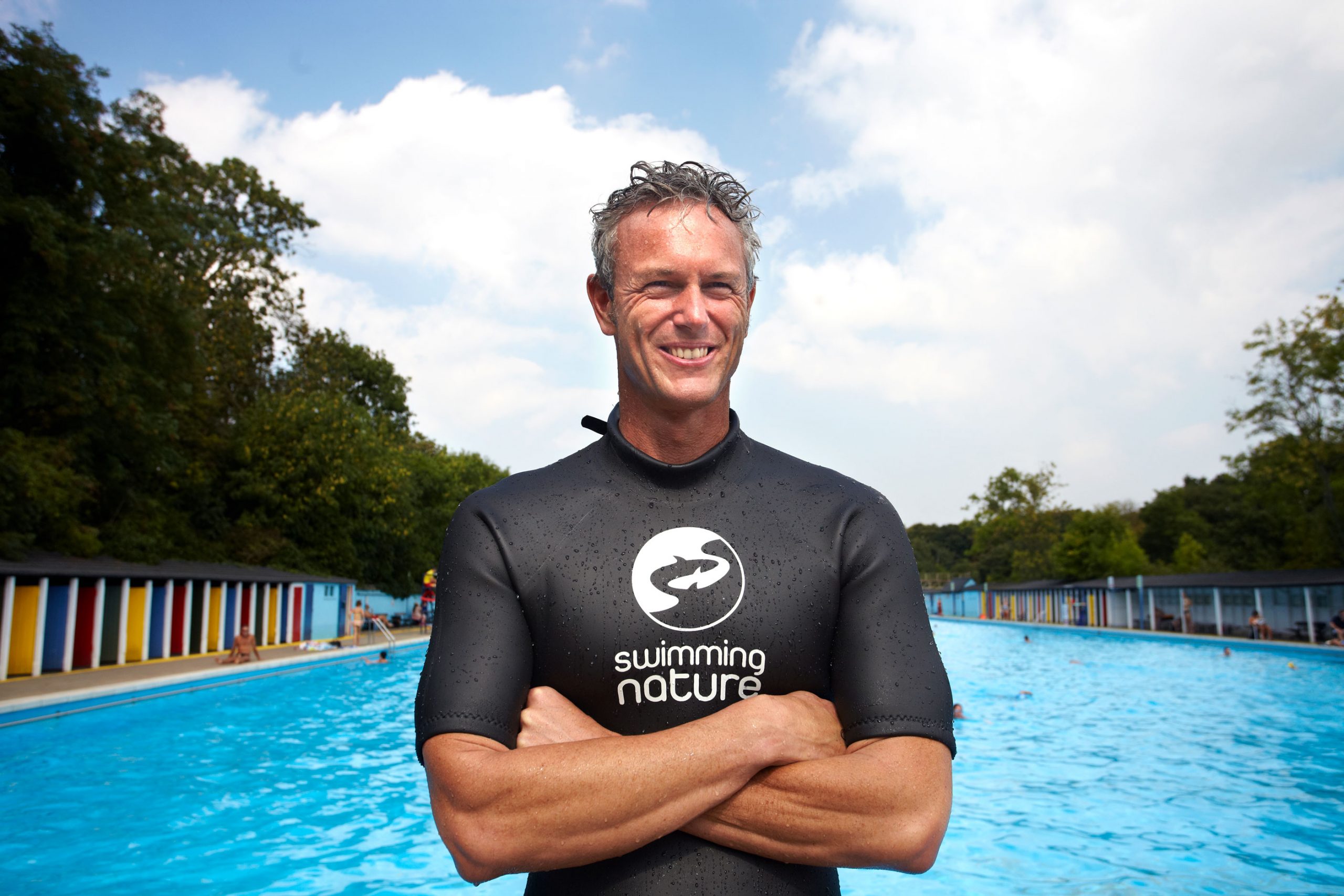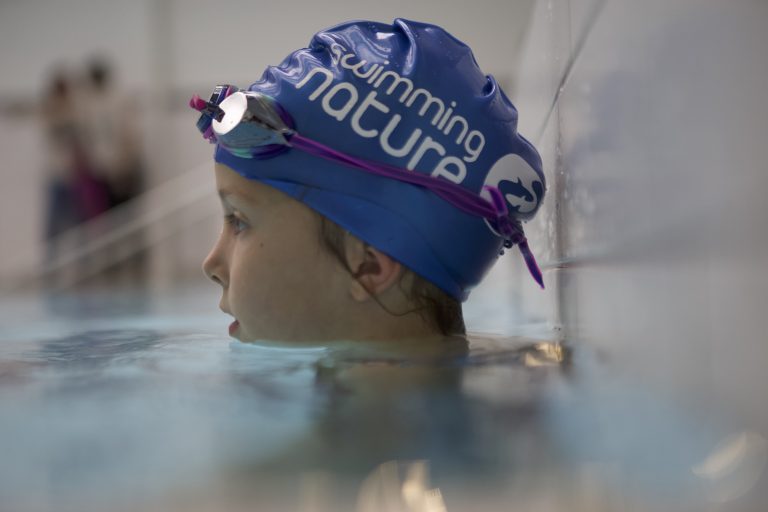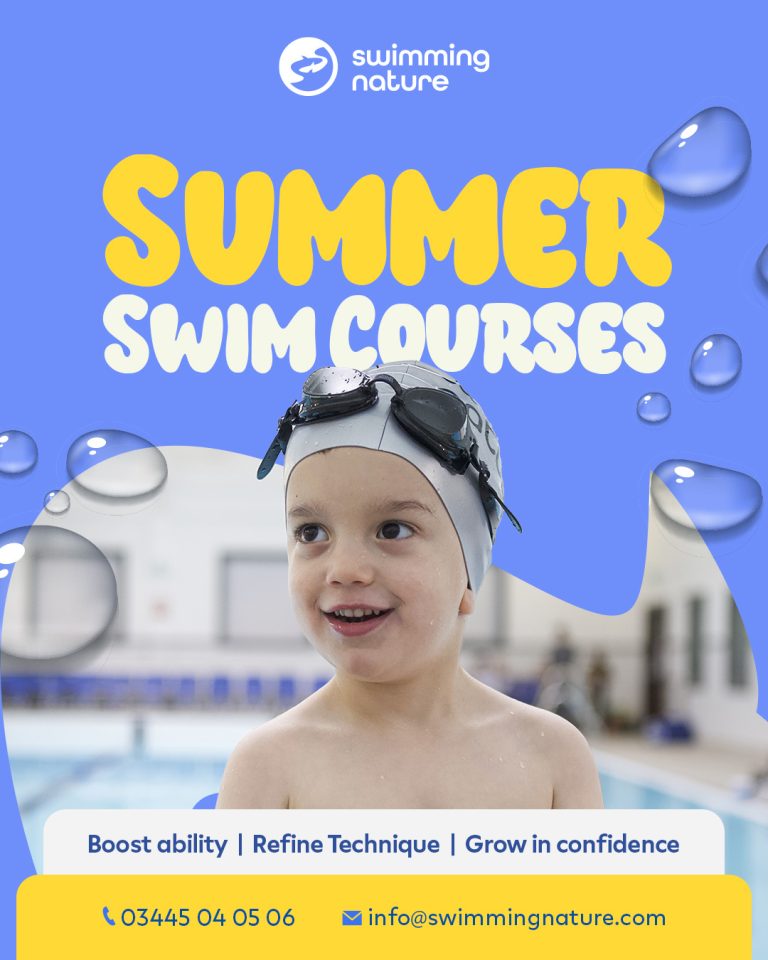Eight-Times World Record Holder’ Mark Foster discusses the unique benefits of swimming and why its never been more important for us all to stay fit and healthy.
We are all missing the pool during this second lockdown period in England, so to help keep us all motivated ready for when we return, eight-times World Record holder’ Mark Foster discusses here why swimming is so beneficial for people of all ages and abilities.
Swimming, unlike any other activity, not only works just about every muscle in our bodies, it increases our aerobic fitness and has a low impact on our joints. This is because our body weight in water is only one-tenth of what it is on land, which makes moving about so much easier. It’s also great fun and boosts our immune system. And let’s not forget it’s a key-life skill too.
There is no denying that swimming is a fantastic activity for keeping us all in shape, physically and mentally – and in these times we are living in, staying fit and healthy has never been more important. So, let’s look at exactly why swimming is so good for us, and what happens to your body when you go swimming.
What muscles will you work when you go swimming?
All strokes
Before we get into the detail, whichever stroke you choose, you’ll be working all of these muscles:
- Core abdominal (stomach) muscles
- Lower back muscles
These muscles work together to keep your body steady and streamline in the water
- Deltoid (forms the rounded contour of the shoulder) and other shoulder muscles
These muscles help the hands have proper entry into the water and extend your reach
- Forearm muscles
These help propel you through the water
- Upper back muscles
These muscles also help to stabilise your torso in the water
- Glutes and hamstrings
Help move you forward and balance your body
Front Crawl
Front Crawl is the stroke for speed – it moves you fast through the water and generates the most force.
What’s happening?
When you’re using front crawl, your arms are pushing and pulling underwater, your torso is working hard to keep you steady and rotating to give you a longer stroke. Your hip flexors (at the top of your thighs) are engaged too, to maintain a steady kick.
Backstroke
Less intensive than front crawl, backstroke is a great recovery option.
What’s happening?
As the name suggests, it works your back. Your lats are engaged – that’s the wide muscle on either side of your back, beneath your shoulder blade. This muscle is pulling your arm under the water and then back to the surface again. In addition, your hamstrings (back of your thigh) and glutes (bum muscles) are engaged to propel you through the water.
Breaststroke
Synchronisation is key here – having the arms in time with the legs. This stroke will work all your muscle groups equally.
What’s happening?
Your shoulders are working hard to move your arms from behind to in front of you. The chest and your lats then work together to lift your chest out of the water as you take a breath. At the same time, your legs will be doing a ‘whip kick’ (legs outstretched, with the toes pointed out and knees together – with the ‘whip action’, this is how the kick gets the name ‘whip kick’ and makes the stroke faster) which works your glutes, quads (front of thigh), hamstring (back of thigh) and your calves, too.
Butterfly
Butterfly is a super-powerful stroke that will build strength and boost your metabolism.
What’s happening?
Both arms move simultaneously, working your shoulders, lats and arms. Your core and lower back muscles go into overdrive to stabilise your core in the water and lift your body out of the water, and your glutes ensure your legs move as one, like a dolphin.
Phew! It’s energising just thinking about it. As far as an all-over body workout goes, it doesn’t get much better. Add to that increased lung capacity from taking huge breaths frequently and precisely, and swimming helps to improve your aerobic performance, too.
If you’re keen to get in shape by swimming after lockdown, Swimming Nature offers premium tuition and fast results. Our award-winning technology and bespoke programmes ensure you and your kids develop precision techniques and complete mastery of the water. Whether you’re looking for yourself or your kids, we cater for all abilities from beginners to triathletes, For more information, explore our programmes today.

 LOG IN
LOG IN
 CONTACT US
CONTACT US







